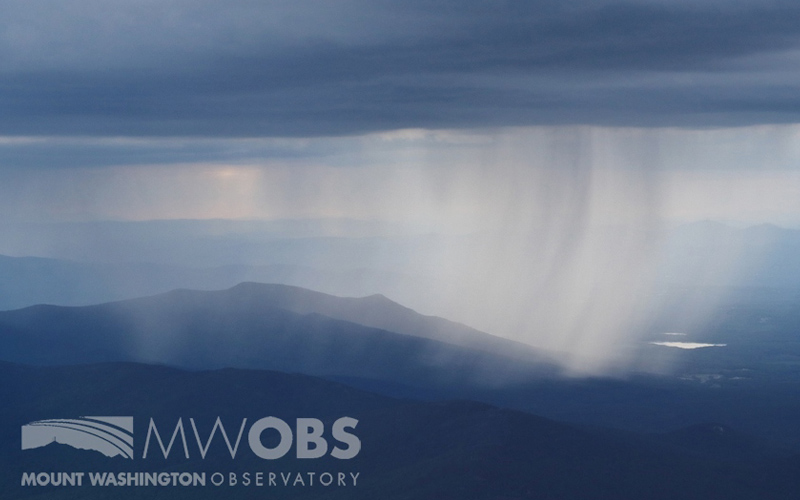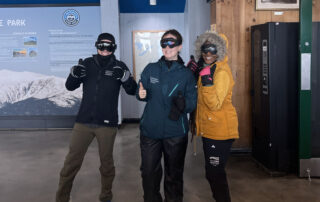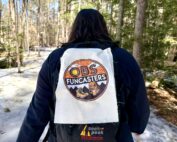Citizen Science Puts Weather Reporting in Your Hands

Ryan Knapp, Weather Observer & Meteorologist
Still Time for Hikers to Unite for 25th Anniversary of “Seek the Peak” Hike-a-thon to Support Mount Washington Observatory
Still Time for Hikers to Unite for 25th Anniversary of “Seek the Peak” Hike-a-thon to Support Mount Washington Observatory Generous donor will match all fundraising 1:1 in July up to $25,000 North Conway, NH– Hikers and outdoor enthusiasts have the opportunity to support Mount Washington Observatory’s
Team Flags Return for Seek the Peak’s 25th Anniversary
Team Flags Return for Seek the Peak's 25th Anniversary By MWOBS Staff Mount Washington Observatory is looking forward to continuing a much-loved tradition for Seek the Peak’s 25th Anniversary: Team flags. In inviting teams and individuals to create #SeekthePeak flags, we are celebrating the creativity of
Meet Summer Interns Zakiya, Max and Maddie
Meet Summer Interns Zakiya, Max and Maddie By MWOBS Staff We are excited to welcome six teammates to the summit of Mount Washington this summer! During their internship, these students and graduates will play a key role in supporting weather observation and data collection, engaging with
Team Flags Return for Seek the Peak’s 25th Anniversary
Team Flags Return for Seek the Peak's 25th Anniversary By MWOBS Staff Mount Washington Observatory is looking forward to continuing a much-loved tradition for Seek the Peak’s 25th Anniversary: Team flags. In inviting teams
Meet Summer Interns Zakiya, Max and Maddie
Meet Summer Interns Zakiya, Max and Maddie By MWOBS Staff We are excited to welcome six teammates to the summit of Mount Washington this summer! During their internship, these students and graduates will play
Saying Goodbye to the Summit
Saying Goodbye to the Summit By Alexis George After an extraordinary last three years working as a Weather Observer and Meteorologist, I am excited to pursue a different career. As sad I as am






